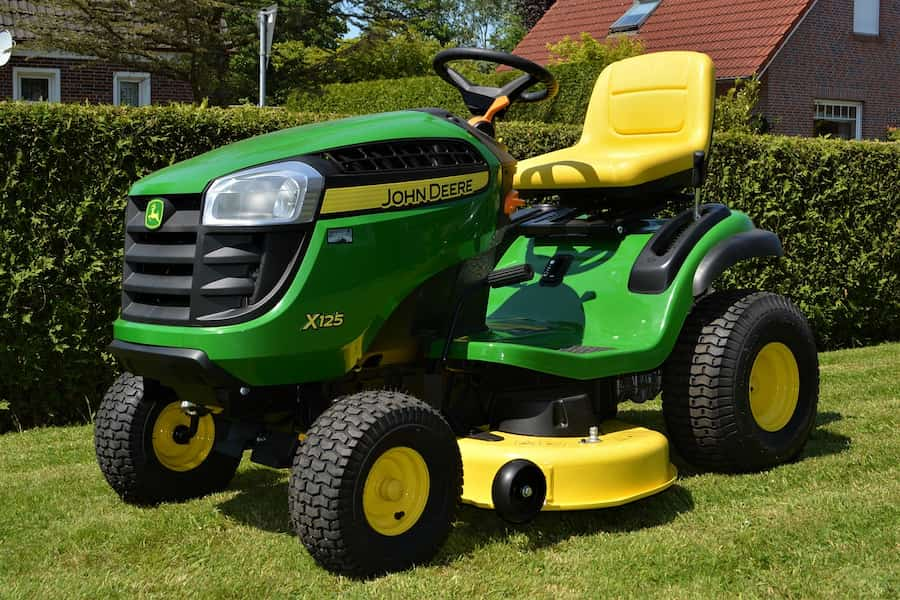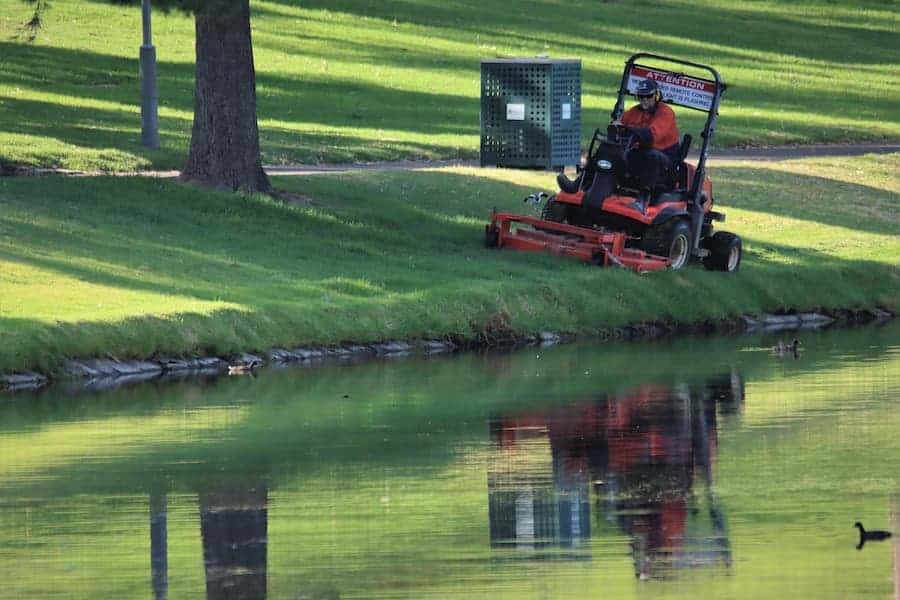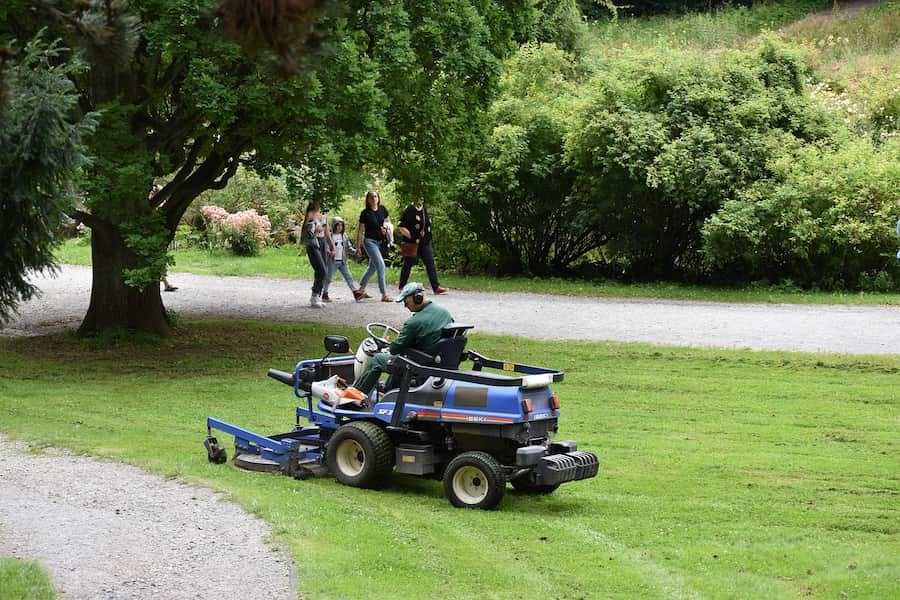When your lawnmower stops functioning, you may suspect a seized engine. Verify or disprove your suspicion by learning how to recognize the signs that a riding lawn mower engine has seized, and situations likely to lead to engine seizure. This article will explain more on how to tell if riding lawn mower engine is seized.
What Is a Seized Engine?
A seized engine is one in which critical components have stopped moving.

Both gas and electric corded lawnmowers are powered by combustion engines. In a combustion engine, a rotating driveshaft moves various components, including pistons. The movement of a piston within a stationary cylinder compresses a mixture of fuel and air, which is then ignited by a spark. The energy created by the explosion is what powers the machine.
An engine seizes when the pistons have trouble moving up and down. Engine seizure happens due to lack of lubrication or because of deformed and damaged pistons.
How to Tell if Riding Lawn Mower Engine Is Seized
When your riding lawn mower won’t start, use these steps to determine whether you’re dealing with a seized engine or something else.
- Eliminate other possibilities. There are many other things that could interfere with your engine’s ability to start, such as a clogged carburetor or a wet spark plug. Check the list below to rule out other potential causes of a riding lawn mower that won’t start.
- Turn the key and listen. If the engine starts and runs, it’s not seized. If it starts and then dies, more investigation is needed. If it doesn’t start but makes a grinding or ticking sound, signs are pointing towards engine seizure but more information is needed to confirm.
Note that elements of your riding mower controlled by the battery, such as indicator lights, will still function even if your mower is seized.
- Remove the spark plug and try again. The engine won’t start and run without the sparkplug installed, but it should at least turn over. If the engine doesn’t even try to turn over, your engine is probably seized.
- Attempt to move the pistons manually. Put on thick leather gloves. Grasp the lawn mower’s blade and attempt to move it back and forth. If you can move the blade with your hands, the engine isn’t seized. If the blade doesn’t budge, the engine is seized and the pistons are locked in place.
Sometimes it can just be an instance of your mower starting and then stopping, which can be a quick fix. Following these initial steps might save you the effort of a long repair project.

Can a Seized Riding Lawn Mower Engine Be Fixed?
Related: Read how to fix a self-propelled lawn mower.
Other Reasons a Riding Lawn Mower Won’t Start
If your riding mower won’t start, that doesn’t necessarily mean the engine is seized. There are other conditions that lead to difficulty starting the engine.
Low or No Fuel
Usually, when a riding lawn mower won’t start, it’s due to insufficient fuel supply.
Hydro-Lock
When a lawnmower is over-filled with oil or tilted forwards for more than a few minutes, oil can flood the cylinder. The engine isn’t really seized, as the piston is still mechanically capable of moving up and down, it just can’t displace the oil in the cylinder. Draining and refilling the oil should fix the problem.
Clogged or Corroded Carburetor
The carburetor controls the amount of fuel and air that is introduced into the combustion chamber. If the pistons are moving up and down, but the engine still won’t start, the carburetor may need to be cleaned or replaced.
There’s a chance it could be clogged with previously cut grass trimmings, although this is rare. But, if you’ve been using your riding lawn mower to cut tall grass that was wet, it could be the issue.
Learn how to start a riding lawn mower back up with just a screwdriver.

Wet Spark Plug
Ideally, you store your riding lawn mower in a clean and dry location, so there’s no reason for the spark plug to get wet. But leaks, drips, and unexpected rainstorms happen, and if the spark plug is wet, your engine won’t start.
To rule out a wet spark plug as the cause of your engine troubles, remove the spark plug and spray it with a carburetor cleaner. Wipe it and leave it to dry. When dry, reinsert the spark plug.
Conclusion
If your riding lawn mower won’t start, the engine may have seized. You check the condition of the pistons by trying to start the lawnmower with the spark plug removed, or by attempting to move the lawnmower blade manually.